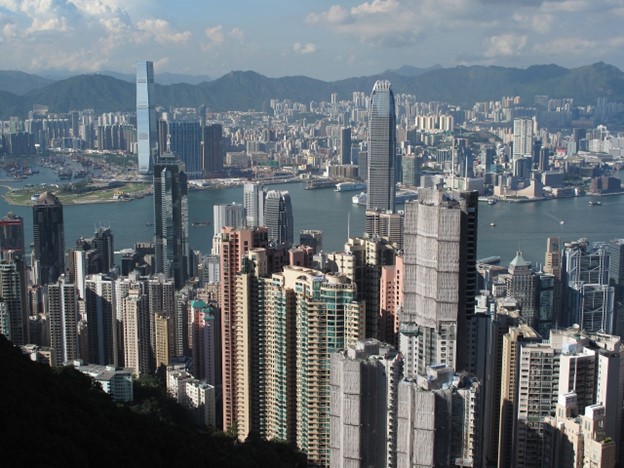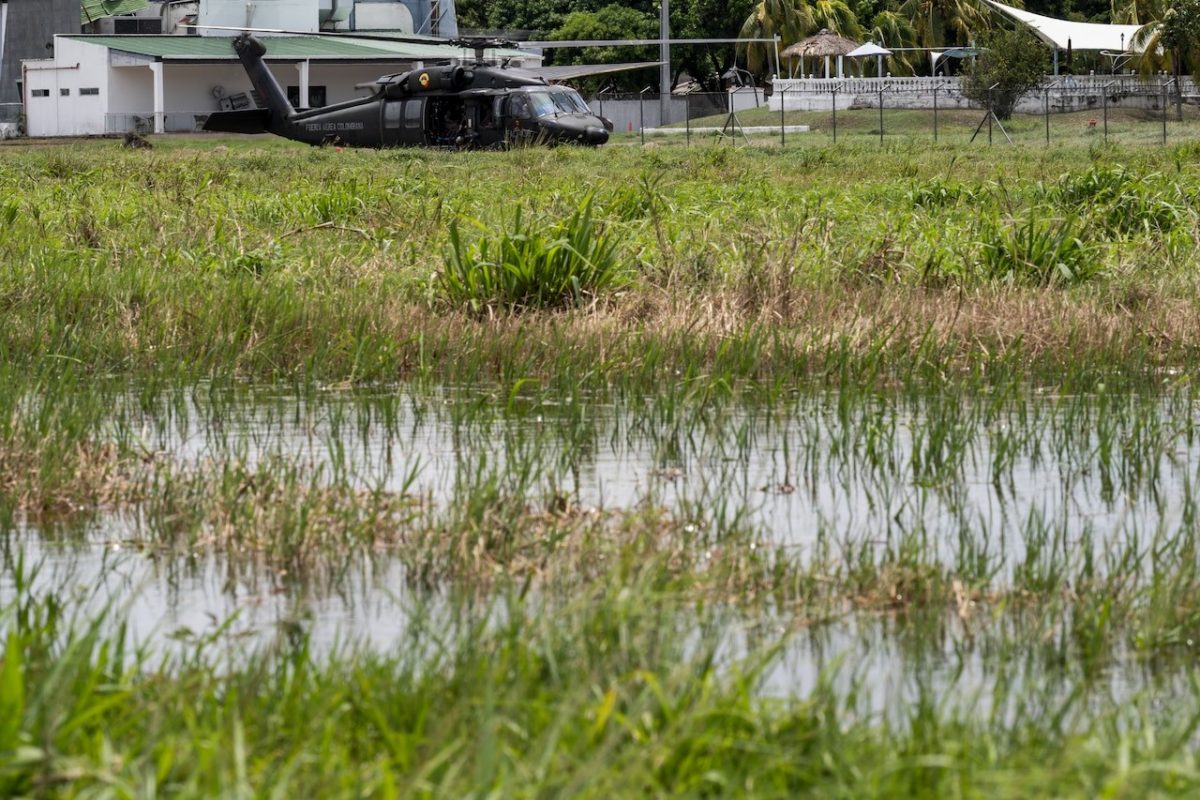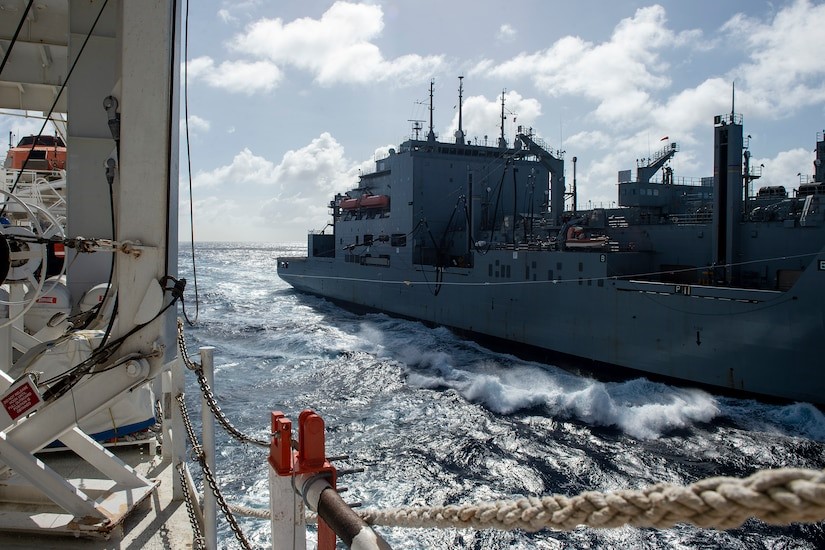In February of 2023, we discussed the criminal case brought against Arizona rancher George Alan Kelly, who was alleged to have shot and killed an illegal alien trespassing on his property. We quoted the facts of the case, as discussed in a motion filed by Kelly’s defense counsel:
“On January 30, 2023…Mr Kelly had completed chores on his ranch and had come to his house to eat lunch with his wife. As they ate, Mr. Kelly heard a single gunshot…he saw a group of men moving through the trees around his home. They were armed with AK-47 rifles…he had not given any of them permission to come on his land…Mr. Kelly then went onto his porch with his rifle. The leader of the armed group of men saw Mr. Kelly and pointed an AK-47 right at him. Mr. Kelly, fearing for his life and safety, fired several shots from his rifle…the group then began running into the desert surrounding his home.”
Later that day, after calling Border Patrol Agents (who searched the property and found nothing), “Mr. Kelly noticed that his dogs were focused on something on the ground…Mr. Kelly approached his dogs, and observed a body lying face down in the grass.,,(w)hen law enforcement arrived, Mr. Kelly helped them find the body and he cooperated with their investigation.”
Most significantly, according to the Defense motion, “(i)t remains unknown what kind of bullet caused the wound to the person, what the time of death was, how long the body had been at that location, or where and in what position the person was in prior to receiving the fatal wound.”
Kelly was initially charged with First Degree Murder, however, that charge was later reduced to Second Degree Murder, which does not require premeditation, but does necessitate “[k]nowing that the person’s conduct will cause death or serious physical injury, the person causes the death of another person.” Prosecutors obviously believed this reduced charge to be easier to prove, since they alleged that “Kelly recklessly fired nine shots from an AK-47 rifle toward a group of men, including [the deceased], about 100 yards away on his cattle ranch.”
From the outset, the evidence produced at trial was…unusual. For instance, despite the body being found with what was claimed to be a bullet wound, according to a local Arizona news report, “[n]o bullet has been recovered from the single gunshot that killed Gabriel Cuen Buitimea Jan. 30, 2023.” This left the prosecution was no other option but “trying to show that the wound could have been made by Kelly’s AK-47.”
“The prosecution’s case is that Kelly fired nine rounds from his rifle and struck Gabriel Cuen Buitimea once, about 115 yards away. The bullet went through Buitimea’s body and was not recovered. Forensic scientist Rick Wyant testified that the casings found on Kelly’s porch were in a location consistent with where Kelly could have been standing when he fired. He also testified the bullet wound was oval, not a circle, which is consistent with the bullet possibly hitting a branch as it traveled through heavy brush.”
However, this exchange between Wyant and Kelly’s defense counsel revealed the weakness of this testimony:
“Brenna Larkin: So, number one, you can’t prove who the shooter was, correct?
Rick Wyant: That’s correct.
Larkin: You can’t prove which firearm caused his wound, is that correct?
Wyant: Caused the wound? Correct.
Larkin: You can’t prove which type of ammunition caused this wound, correct?
Wyant: That’s true.
Larkin: You can’t prove which bullet caused this wound, correct?
Wyant: Also true.
Larkin: Can’t prove which direction the shot came from, correct?
Wyant: Correct.
Larkin: And we can’t prove how far away this shot came from, other than further than six feet away from this person, correct?
Wyant: Yes, that’s true.”
With evidence of this caliber, it is no wonder that in late April of this year, the jury hearing the case of George Kelly deadlocked, and a mistrial was declared. Further, there was no surprise that the District Attorney’s Office for Santa Cruz County, Arizona, decided not to retry Kelly.
Judge John Wilson’s analysis concludes tomorrow
Photo: Pixabay









